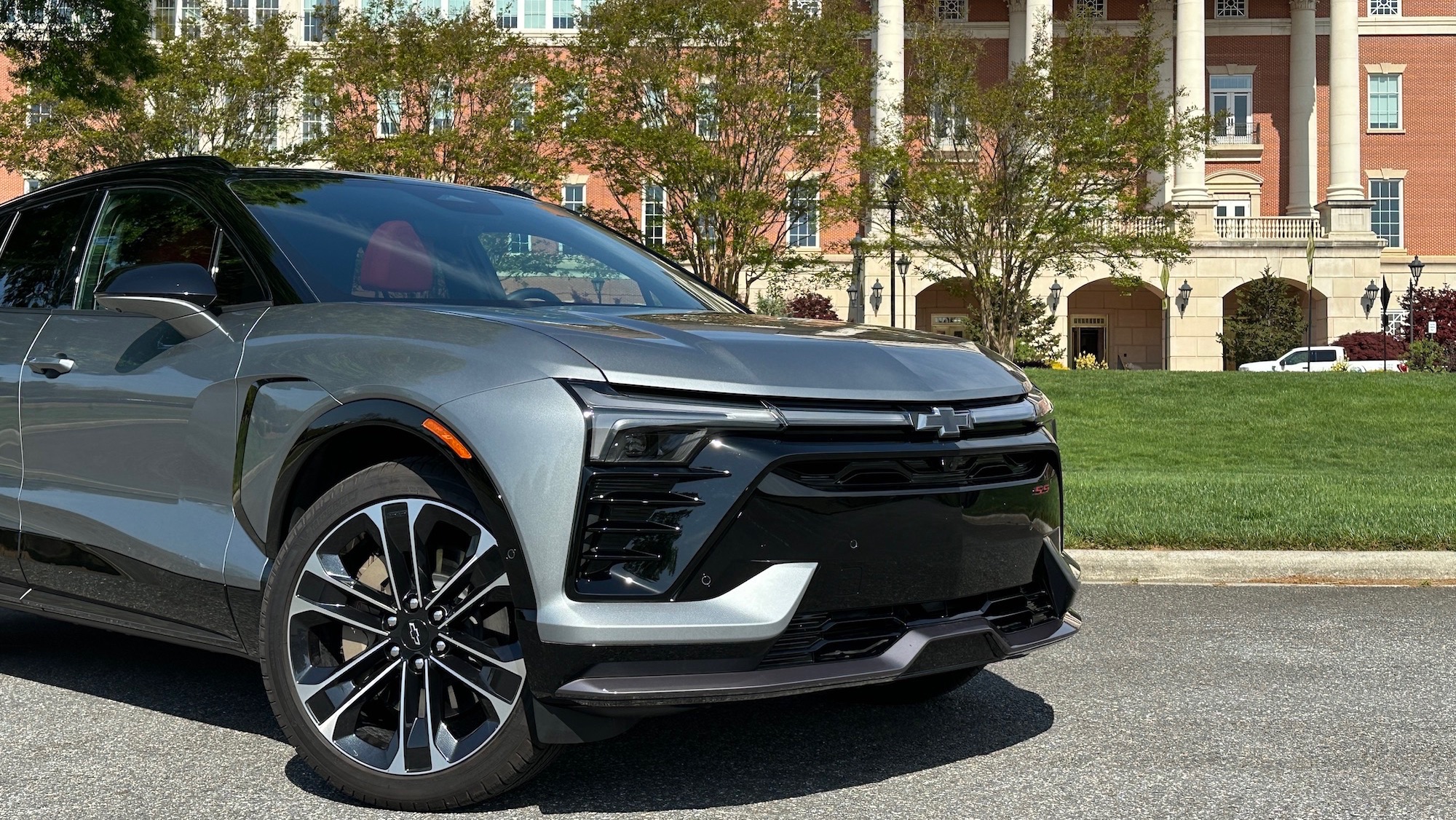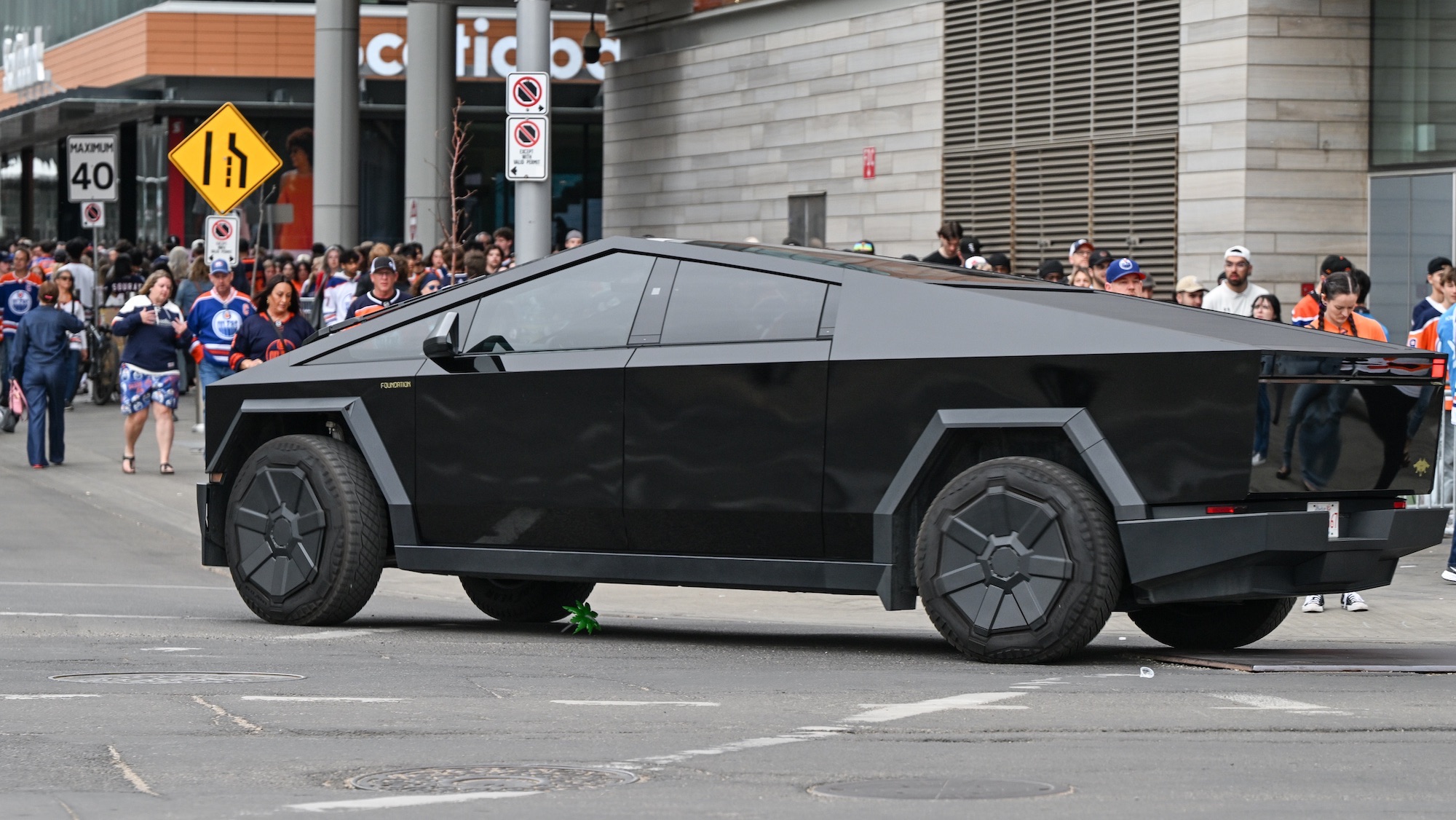Now Reading: Chevrolet Pushes 2025 Blazer EV to Limits with Unique Test Drive
-
01
Chevrolet Pushes 2025 Blazer EV to Limits with Unique Test Drive
Chevrolet Pushes 2025 Blazer EV to Limits with Unique Test Drive

Quick Summary:
- The 2025 Chevrolet Blazer EV SS served as the pace car for the 67th Daytona 500, marking the first-ever electric vehicle to pace the race. This is also Chevrolet’s 16th time providing a pace car.
- the Blazer EV SS is hailed as Chevy’s quickest Super Sport (SS) model, surpassing even performance cars like the 2024 camaro SS.
- Tested in extreme conditions across locations like Michigan, Arizona, Colorado, and North carolina’s “Back of the Dragon,” engineers optimized its ride balance for both daily use and high performance.
- features include a Wide Open Watts (WOW) mode, enhancing power from 515 hp and 450 torque to an remarkable 615 hp and 650 torque, enabling acceleration from zero to 60 mph in just 3.4 seconds.
- The vehicle offers a range of approximately 303 miles per full charge, with Brembo brakes, optional summer tires for performance driving, and advanced software tuning tailored for launch control.
- Chevrolet is ramping up its electric vehicle portfolio with models like Silverado EV Trail Boss and Bolt EV amidst continued internal combustion production.
Images provided:
- Gray SUV displayed outdoors (3886.jpg”>image link).
- Bumper showcasing SS logo (image link).
- Blue SUV at Daytona Speedway (image link).
Indian Opinion Analysis:
Chevrolet’s decision to showcase an all-electric Blazer EV SS at a key automotive event like Daytona underscores growing acceptance of Electric Vehicles (EVs) in traditionally performance-oriented spaces-an industry change India should observe closely as it ramps up its own EV ambitions under FAME-II incentives.
For India’s market leaders transitioning toward electrification while preserving affordability remains paramount; vehicles akin to Chevy’s strategic tune-ups highlight how modular designs (shared motors across trims but differentiated thru software tweaks) could lower costs while delivering scalability-a necessary consideration for Indian consumers where price sensitivity remains high.
Further reliance on software-led differentiators marks progress into greater efficiency potential amid new-generation architecture insights-critically important alike

























